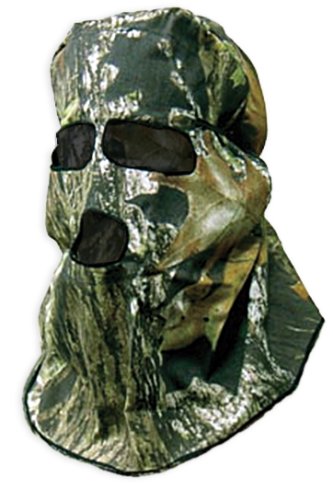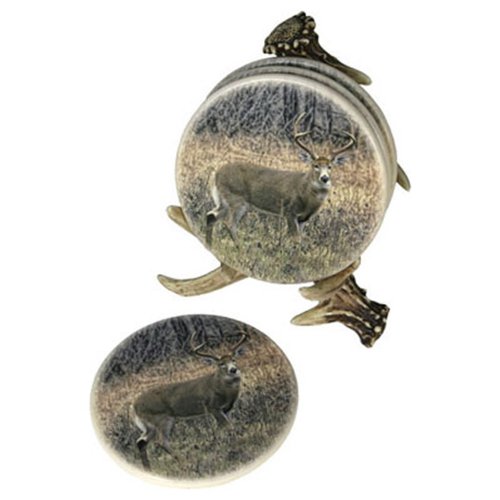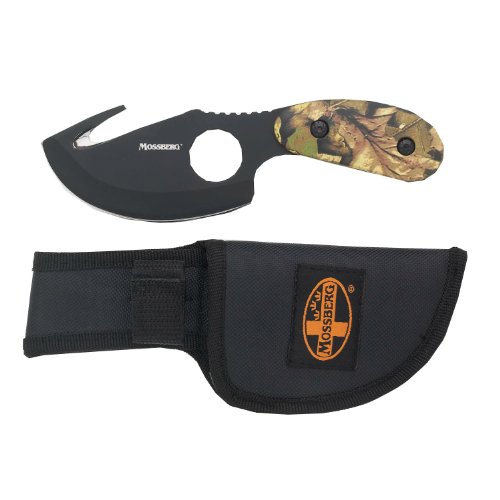Chronic wasting disease has been discovered in Arkansas, marking the first known case in the Southeast and sending the state wildlife agency into its CWD management plan.
The disease was discovered via testing in an elk killed by a hunter in the Buffalo River herd during the 2015 autumn season. Elk were re-established in the mountainous area decades ago. Hunts are conducted each year in limited number via draw for tags.
No known incidents of CWD have been reported in deer in Arkansas. Officials with the Arkansas Game and Fish Commission will be testing tissue samples from up to 300 elk and deer from a 5-mile radius of where the diseased elk was killed. The agency will work with landowners and the National Park Service for testing. The Buffalo National River is part of the National Park Service system; hunting is allowed within certain areas of the park.
Southeastern states have tested for CWD ever since it began spreading to other U.S. states years ago. So far, Arkansas is the only state in the region with a known case of CWD. Arkansas has had an importation restriction for years from known CWD states.
Here is the press release from the AGFC:
An elk harvested near Pruitt on the Buffalo National River during the October 2015 hunting season tested positive for chronic wasting disease, according to the Arkansas Game and Fish Commission.
This is the first time an animal in Arkansas has tested positive for the disease, which is fatal to elk and white-tailed deer. To discuss the development, the Commission called a special meeting for 5:30 p.m. at the AGFC’s main office, 2 Natural Resources Drive, in Little Rock.
The AGFC created a CWD response plan in 2006, as the disease was appearing in other states.
“Several years ago, Arkansas proactively took measures to put a testing procedure in place and created an emergency CWD plan,” said Brad Carner, chief of the AGFC Wildlife Management Division. “Those precautions are now proving to be beneficial. We are in a strong position to follow the pre-established steps to ensure the state’s valuable elk and white-tailed deer herds remain healthy and strong.”
To determine how prevalent the disease may be, samples from up to 300 elk and white-tailed deer combined within a 5-mile radius of where the diseased elk was harvested will be tested. There is no reliable U.S. Department of Agriculture-approved test for CWD while the animals are alive. The AGFC will work with the National Park Service and local landowners to gather samples for testing.
A multi-county CWD management zone will be established, and public meetings in the area will be scheduled as forums to discuss plans and to answer questions.
The number of positive samples collected, if any, will help AGFC biologists determine the prevalence of CWD, and will guide their strategy to contain it.
“Although CWD is a serious threat to Arkansas’s elk and white-tailed deer, we are not the first to deal with the disease,” said AGFC Director Mike Knoedl. “Our staff is prepared and, with help from the public, will respond with effective measures. We have learned from the experiences of 23 other states.”
Biologists don’t know how the disease reached northern Arkansas at this point. The local herd began with 112 elk from Colorado and Nebraska, relocated between 1981-85.
“(CWD) would have raised its ugly head a lot sooner than now,” said Don White, a wildlife ecologist at the University of Arkansas Agriculture Experiment Station in Monticello. “I think that it’s extremely unlikely that it came from those 112 elk.”
Biologists have tested 204 Arkansas elk for CWD since 1997; the 2½-year-old female was the only one with a positive result. The AGFC also has routinely sampled thousands of white-tailed deer across the state since 1998.
Samples from the diseased female elk were tested at the Wisconsin Veterinary Diagnostic Laboratory in Madison, and verified by the National Veterinary Services Laboratories in Ames, Iowa.
There are no confirmed cases of CWD transmission from cervids to humans or to livestock,
“As far as we know, it’s not transmissible to humans at all,” said Sue Weinstein, state public health veterinarian for the Arkansas Department of Health. “In other states where they have CWD and they are studying this, they have found no human disease at all. To be on the safe side, it is recommended by the Centers for Disease Control, the World Health Organization and by the Department of Health that you not eat meat from an animal that you know is infected with chronic wasting disease.”
CWD was first documented among captive mule deer in Colorado in 1967, and has been detected in 24 states and two Canadian provinces. It’s been found in the wild in 20 states and among captive cervids in 15 states.
The AGFC has taken several steps to prevent the disease from entering the state. The Commission established a moratorium on the importation of live cervids in 2002, and restricted the importation of cervid carcasses in 2005. It also set moratoriums on permits for commercial hunting resorts and breeder/dealer permits for cervid facilities in 2006, and on obtaining hand-captured white-tailed deer in 2012.
According to the Chronic Wasting Disease Alliance, CWD affects only cervids (hoofed animals in the cervidae family such as deer, elk and moose). Biologists believe it is transmitted through feces, urine and saliva. Prions (abnormal cellular proteins) that carry CWD have an incubation period of at least 16 months, and can survive for years in organic matter such as soil and plants.
CWD affects the body’s nervous system. Once in a host’s body, prions transform normal cellular protein into an abnormal shape that accumulates until the cell ceases to function. Infected animals begin to lose weight, lose their appetite and develop an insatiable thirst. They tend to stay away from herds, walk in patterns, carry their head low, salivate and grind their teeth.
+++++
Discover intriguing facts about and high-quality images of whitetail deer with the Whitetails 2016 Daily Calendar. Gain insight into deer traits, behavior, and more with new whitetail trivia every day. This desktop whitetail calendar is great for any hunter or enthusiast seeking out compelling information and captivating images of your number one deer, the whitetail.
Enjoy a fun fact every day – topics include:
- How deer adapt to deep snow and cold weather
- The types of cover doe groups prefer for bedding areas
- What causes bucks to grow non-typical antlers
- Survival traits and tricks of young fawns
- Mature buck behavior throughout the year
Features:
- Full-color photos of whitetail deer through every season
- Useful information for locating whitetails
- Fun and unique information that you may learn for the first time
GET YOURS TODAY!
The post BREAKING: CWD Detected in Elk, State Agency to Implement Plan appeared first on Deer & Deer Hunting | Whitetail Deer Hunting Tips.

Source: http://feedproxy.google.com/~r/DeerDeerHunting/~3/ogqmxGyX_Ss/cwd-detected-in-elk-state-agency-to-implement-plan










